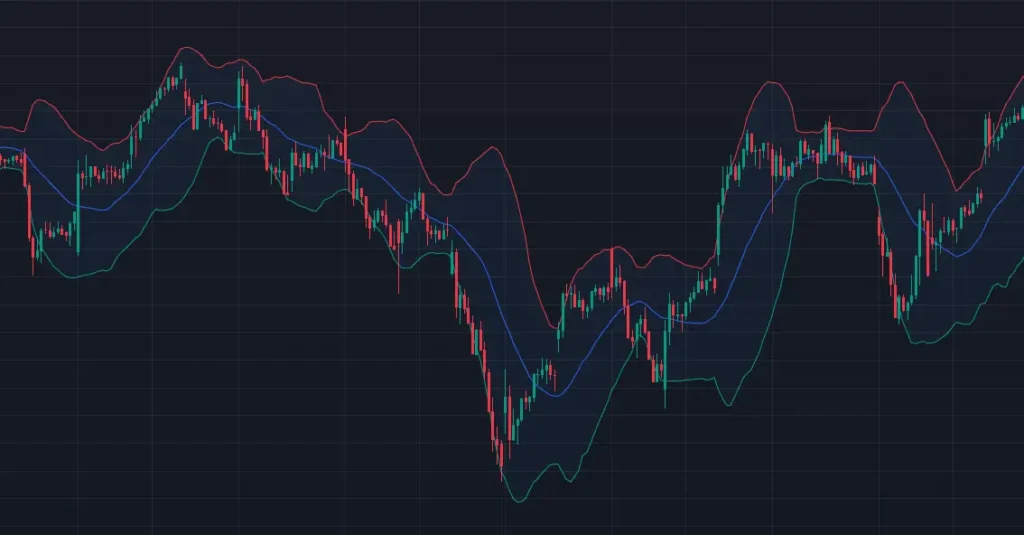Main Points
- Understanding Bollinger Bands
- Limitations of Bollinger Bands as a Trading Tool
- Effective Alternative Strategies
- Practical Hedging Techniques
Introduction to Bollinger Bands
When it comes to trading in the financial markets, managing risk is paramount. While Bollinger Bands are a popular tool among traders, they are often misunderstood and misused as a risk management strategy. In reality, Bollinger Bands are a terrible trading indicator, and not a comprehensive risk management solution. This article explores why you shouldn’t rely on Bollinger Bands for risk management and offers insights into proper hedging techniques to safeguard your investments.

Understanding Bollinger Bands
What Are Bollinger Bands?
Bollinger Bands are a technical analysis tool developed by John Bollinger in the 1980s. They consist of a middle band (a simple moving average), an upper band, and a lower band. The upper and lower bands are typically two standard deviations away from the middle band, capturing a significant portion of price movements.
How Do Bollinger Bands Work?
Bollinger Bands are used to identify potential overbought or oversold conditions in the market. When prices approach the upper band, they are considered overbought; when they approach the lower band, they are considered oversold. Traders use this information to make buy or sell decisions.
Limitations of Bollinger Bands as a Risk Management Tool
Not Designed for Risk Management
Bollinger Bands are primarily a trading strategy meant to identify price volatility and trends, not to manage risk comprehensively. Using them solely for risk management can lead to significant exposure to market risks.
Susceptibility to Market Noise
Since Bollinger Bands are based on historical price data, they can be highly susceptible to market noise. This can result in false signals, leading to poor decision-making if used as a risk management tool.
Lack of Predictive Power
Bollinger Bands do not predict future price movements. They simply reflect past price behavior, which can be misleading in rapidly changing market conditions. Relying on them for risk management can therefore be precarious.
Video Explanation
Conclusion
While Bollinger Bands can be a useful tool in some cases, they should not be relied upon for a trading indicator. Effective trading techniques require a comprehensive approach, including diversification, asset allocation, stop-loss orders, and hedging with derivatives. By understanding and implementing these strategies, you can better protect their portfolios against market volatility and potential losses.


Leave a Reply